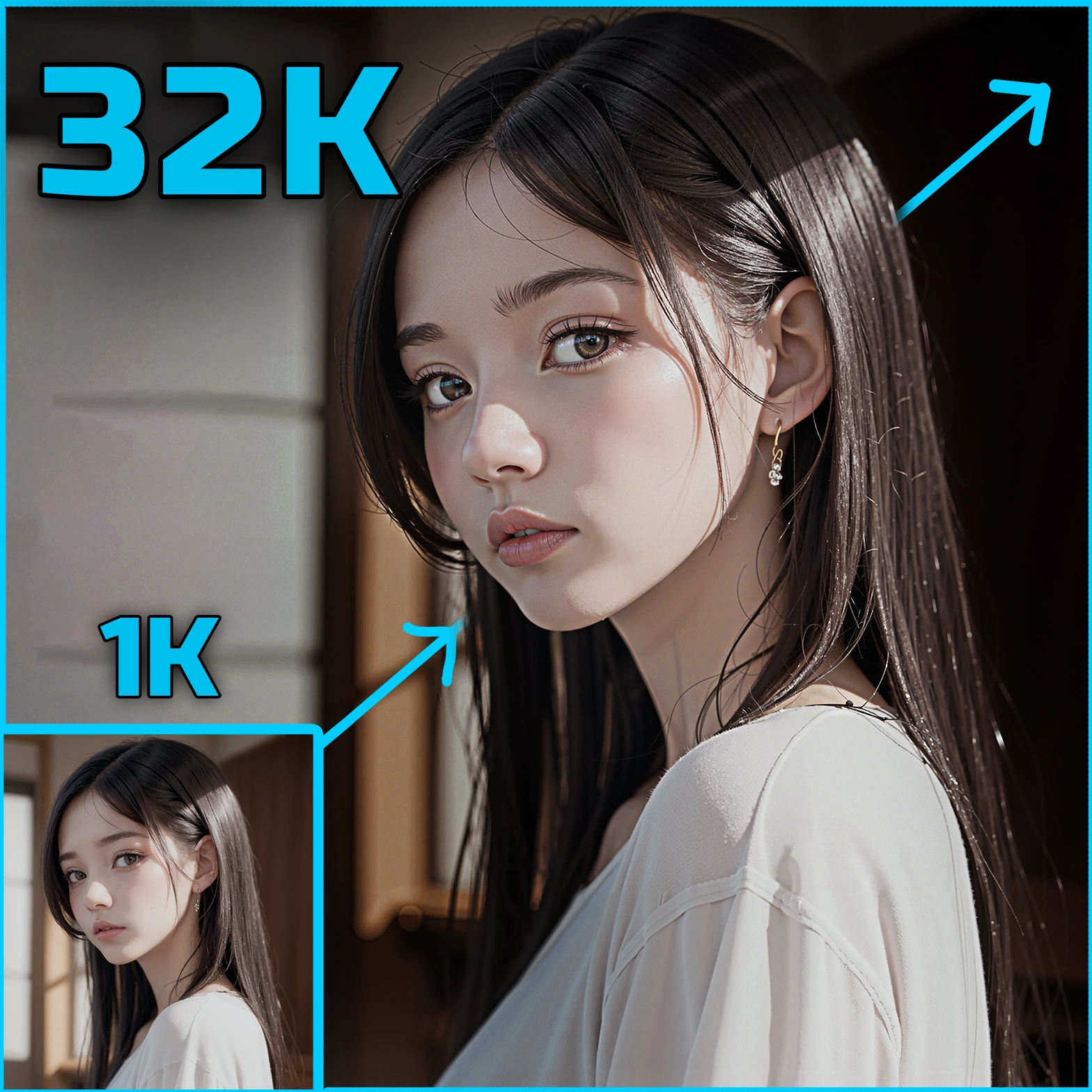ComfyUI Node: Audio IPAdapter Transitions
Audio IPAdapter Transitions
Category👁️ Yvann Nodes/🔊 Audio
yvann-ba (Account age: 1184days) Extension
ComfyUI_Yvann-Nodes Latest Updated
2025-03-20 Github Stars
0.4K
How to Install ComfyUI_Yvann-Nodes
Install this extension via the ComfyUI Manager by searching for ComfyUI_Yvann-Nodes- 1. Click the Manager button in the main menu
- 2. Select Custom Nodes Manager button
- 3. Enter ComfyUI_Yvann-Nodes in the search bar
Visit ComfyUI Online for ready-to-use ComfyUI environment
- Free trial available
- 16GB VRAM to 80GB VRAM GPU machines
- 400+ preloaded models/nodes
- Freedom to upload custom models/nodes
- 200+ ready-to-run workflows
- 100% private workspace with up to 200GB storage
- Dedicated Support
Audio IPAdapter Transitions Description
Facilitates seamless image transitions synced with audio peaks for dynamic visual experiences.
Audio IPAdapter Transitions:
The Audio IPAdapter Transitions node is designed to facilitate seamless transitions between images based on audio peaks, enhancing the visual experience in synchronization with audio dynamics. By leveraging the "peaks_weights" from audio peak detection, this node intelligently controls the blending of images, creating smooth transitions that align with the rhythm and intensity of the audio input. This capability is particularly beneficial for artists and creators looking to integrate audio-responsive visuals into their projects, offering a dynamic and engaging way to visualize sound. The node supports various transition modes, allowing for customization of the blending effect to suit different artistic styles and preferences. Overall, the Audio IPAdapter Transitions node provides a powerful tool for creating visually compelling and audio-synchronized animations.
Audio IPAdapter Transitions Input Parameters:
images
This parameter represents a batch of images that will be used for transitions. The images are looped to match the count of audio peaks, ensuring that there are enough images to cover all transitions. The images should be provided in a tensor format with dimensions [B, H, W, C], where B is the batch size, H is the height, W is the width, and C is the number of color channels.
peaks_weights
This parameter is a list of audio peaks detected from the audio input. It is used to determine the timing and intensity of the transitions between images. The peaks_weights should be provided as a list or a numpy array, and they are converted to a binary format (0 or 1) to indicate the presence of a peak.
transition_mode
This parameter defines the method used to blend the images during transitions. Available options are "linear", "ease_in_out", "ease_in", and "ease_out", with "linear" being the default. Each mode offers a different blending curve, affecting how smoothly the transition occurs over time.
transition_length
This parameter specifies the number of frames used to blend between images during a transition. It determines the duration of the transition effect, with a default value of 5 frames. The minimum value is 1, and the maximum is 100, allowing for fine-tuning of the transition length to achieve the desired visual effect.
min_IPA_weight
This parameter sets the minimum weight applied by the IPAdapter per frame during transitions. It controls the starting intensity of the blending effect, with a default value of 0.0. The minimum value is 0.0, and the maximum is 1.99, providing flexibility in adjusting the transition's initial impact.
max_IPA_weight
This parameter sets the maximum weight applied by the IPAdapter per frame during transitions. It controls the peak intensity of the blending effect, with a default value of 1.0. The minimum value is 0.1, and the maximum is 2.0, allowing for customization of the transition's maximum impact.
Audio IPAdapter Transitions Output Parameters:
image_1
This output represents the starting image for each transition. It is connected to the first IPAdapter batch and serves as the initial visual state before the transition begins.
weights
This output provides the blending weights used for transitions. It is connected to the first IPAdapter batch and determines the intensity of the transition effect over time.
image_2
This output represents the ending image for each transition. It is connected to the second IPAdapter batch and serves as the final visual state after the transition is complete.
weights_invert
This output provides the inversed blending weights, which are connected to the second IPAdapter batch. It offers an alternative perspective on the transition effect, useful for creating complementary visual effects.
graph_transition
This output is a visualization of the weight transitions over frames, providing a graphical representation of how the blending weights change throughout the transition. It helps in understanding and fine-tuning the transition dynamics.
Audio IPAdapter Transitions Usage Tips:
- Ensure that you have at least two images in your batch to enable transitions, as the node requires a minimum of two images to function properly.
- Experiment with different
transition_modesettings to achieve various visual effects, such as smooth or abrupt transitions, depending on your artistic vision. - Adjust the
transition_lengthparameter to control the duration of the transitions, allowing for either quick changes or prolonged blending effects. - Use the
min_IPA_weightandmax_IPA_weightparameters to fine-tune the intensity of the transitions, ensuring that the visual effect aligns with the audio dynamics.
Audio IPAdapter Transitions Common Errors and Solutions:
"Invalid peaks_weights input"
- Explanation: This error occurs when the
peaks_weightsinput is not provided as a list or numpy array. - Solution: Ensure that the
peaks_weightsinput is correctly formatted as a list or numpy array before passing it to the node.
"At least two images are required for transitions."
- Explanation: This error indicates that the batch of images provided contains fewer than two images, which is insufficient for creating transitions.
- Solution: Provide a batch with at least two images to enable the node to perform transitions effectively.
Audio IPAdapter Transitions Related Nodes
RunComfy is the premier ComfyUI platform, offering ComfyUI online environment and services, along with ComfyUI workflows featuring stunning visuals. RunComfy also provides AI Playground, enabling artists to harness the latest AI tools to create incredible art.


